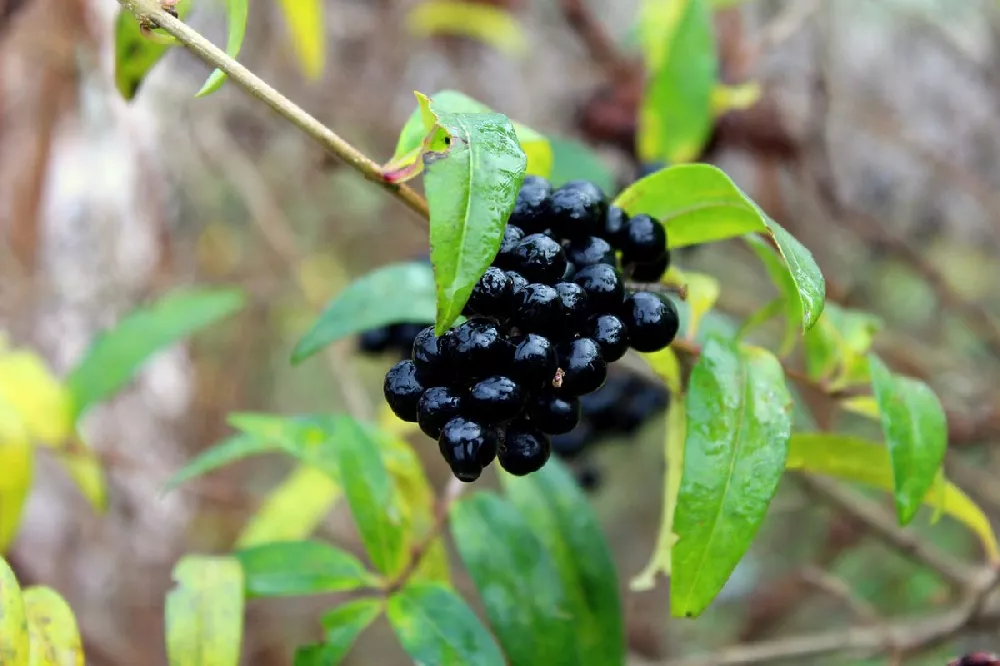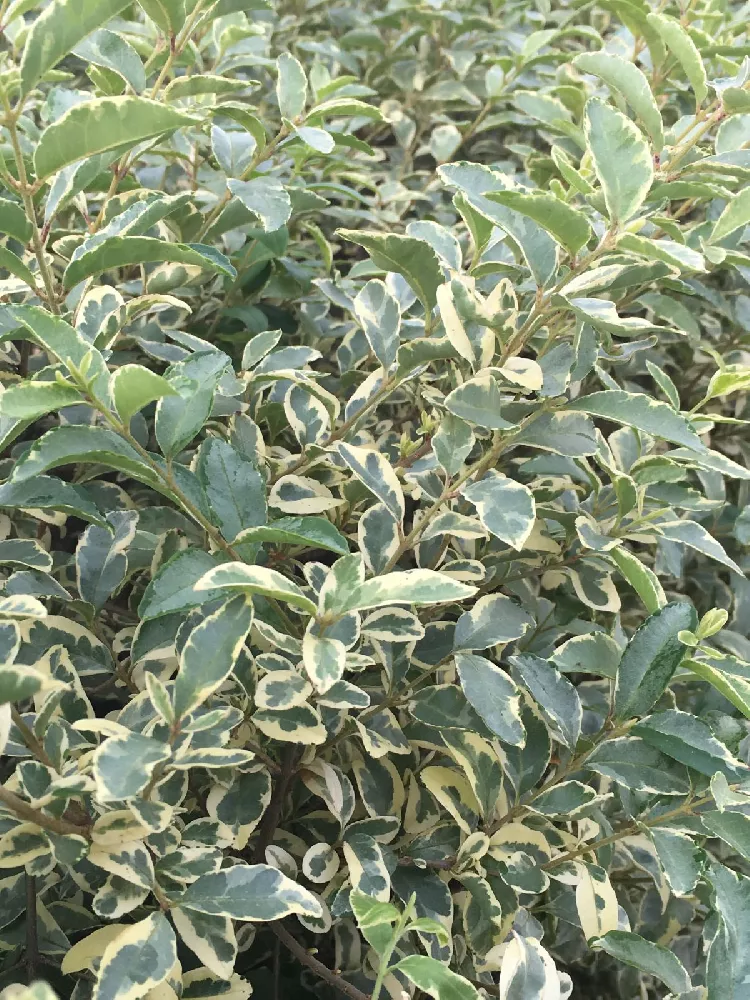- Home >
- Privet
Privet for Sale - Buying & Growing Guide
2 Results
Privet – Buying & Growing Guide
The group of plants known commonly as privets, Ligustrum spp., are some of the most reliable and attractive hedge plants you can use in your garden. These shrubs grow with consistent, dense foliage and respond very well to shearing, allowing you to trim them into just about any shape you like. Unlike other popular hedge plants, privets also offer ornamental value in the form of showy flowers and fruits. This plant also adapts to several different types of soil, which should make finding a growing location very easy to do.
- A privet is oneof the best hedge plants you can grow.
- It grows beautiful flowers and fruits.
- It adapts well to a wide range of soil types.
Planting and Care
Planting instructions
One convenient aspect of growing a privet is that these plants can be quite adaptable. Not only does this plant live in both full sunlight and partial shade, but it can also live well in soils of nearly any acidity level, as long as the soil has good drainage. Once you find a suitable growing location, you should begin the planting process by digging a hole that is as deep as the root ball is tall and at least twice as wide. Place your privet in the hole and backfill with nutrient-rich soil while watering.
Watering and nutrients
A young, newly-planted, or recently transplanted privet shrub should receive enough water to maintain consistent soil moisture while the plant establishes itself in its new growing location. Once the plant is established, it will have great drought tolerance, meaning that you’ll only need to water it during hot spells and prolonged droughts. You should fertilize your privet during the early spring. The best fertilizer to use is one that has a nitrogen-phosphorus-potassium ratio of 15-5-10.
Pollination
While most people do not grow a privet shrub with the goal of fruit production in mind, promoting pollination will allow you to enjoy the attractive but toxic fruits this plant can develop. During the late spring, your privet shrub will bloom with many clusters of small white flowers. These flowers typically attract insect pollinators, such as honeybees, to move pollen from one flower to another. After successful pollination, your privet shrub will produce hundreds of small dark berries.
Pruning
Generally, there are two times of year during which you should prune your privet shrub. The first occurs during late winter. At that time, you should cut out any branches that are dead, damaged, or diseased. You can also use this time to improve this plant’s overall structure and lighten its canopy to allow for better air circulation. You can also prune this plant in late spring. In spring, you should focus more on shearing the outer foliage of this plant to maintain a shape that is neat and pleasing to you.
Pests, diseases, and animals
Both pests and diseases can be prevalent issues for a privet shrub. Among the most common diseases is root rot, which often occurs when this plant grows in soils that drain poorly. Twig blight and dieback are also common problems for this plant. Regarding infestations, scale insects, mites, and weevils can all cause harm to your privet shrub. Along with those common garden pests, a privet can also experience infestations of privet rust mites and ash borers.
Achieving maximum results
People typically use multiple privet shrubs to create a continuous hedge. If you choose that planting style, one of the most efficient ways to achieve it is to begin by digging a long trench rather than individual holes for each of your privet shrubs. The trench you dig should be a few feet wide and deep enough to have each plant’s root flare sit at or above the top of the soil. You should also be well-prepared to keep up with pruning for this plant, as its fast growth can be difficult to control.
Frequently Asked Questions
Can you eat the fruits of a privet shrub?
Under no circumstances should you ever eat the fruits that a privet shrub produces. While these berries are quite good-looking and could appear to be a tasty treat, they are actually poisonous. The same toxicity is present in this plant’s leaves. As such, you should never consume part of this plant. You should also be wary of allowing children and pets to go near this plant unsupervised.
What are the most popular types of privet shrub?
The term privet refers to an entire genus of plants known as Ligustrum. That genus includes many different species of privet shrub, many of which are very popular plant options for gardeners throughout the world. Some of the most popular privet shrubs include common privet, California privet, and Chinese privet. However, some of these plants can be invasive, so you should be careful about which ones you choose to plant.
Is the privet shrub an evergreen plant?
Privet shrubs are neither fully deciduous nor fully evergreen. Instead, privet shrubs are semi-evergreen. In most areas, this plant will hold its leaves all year, which allows it to create reliable privacy screening throughout all seasons. However, privet shrubs may also lose their leaves, depending on the region in which they live. This is most common in areas where there are considerably cold temperatures in the winter.


